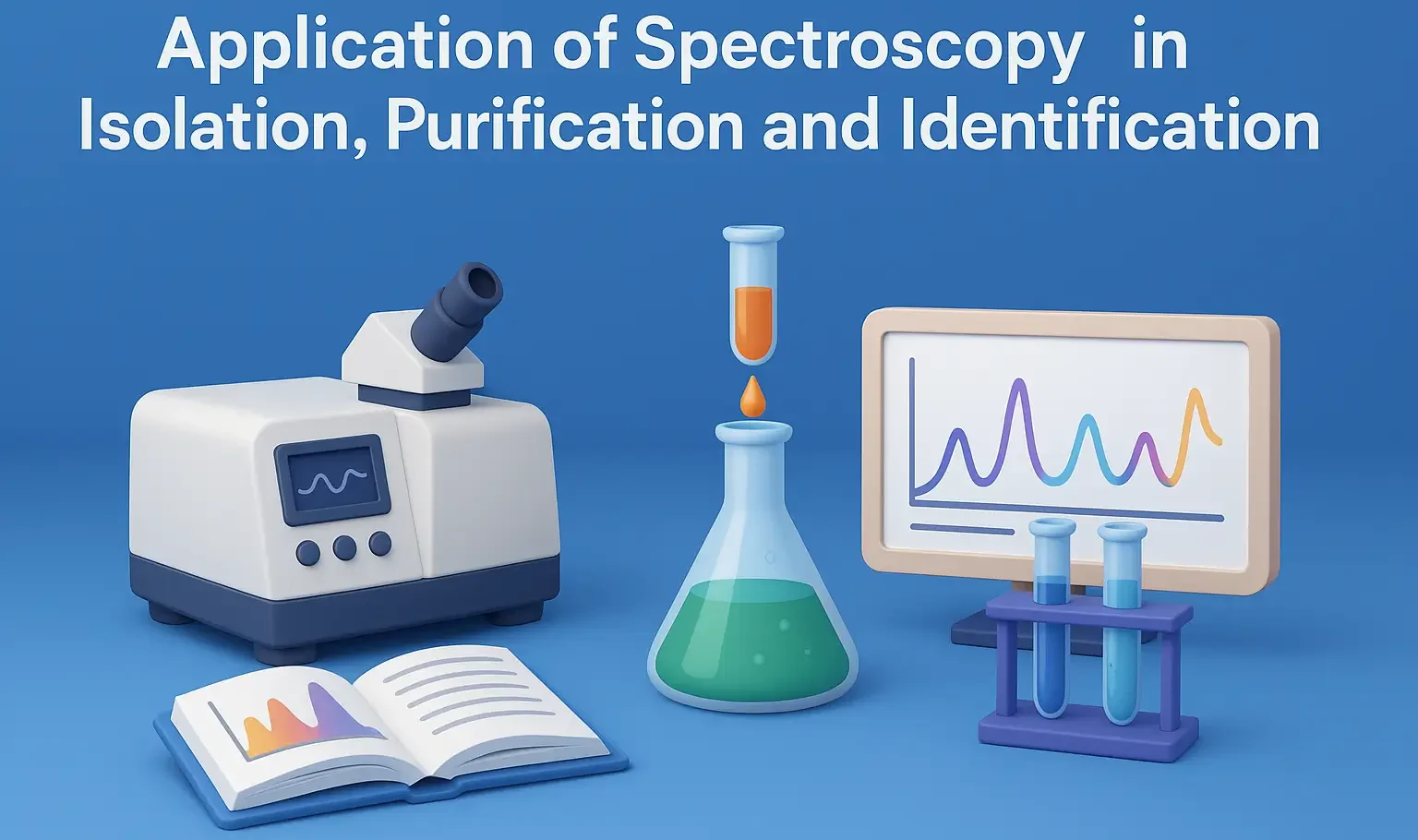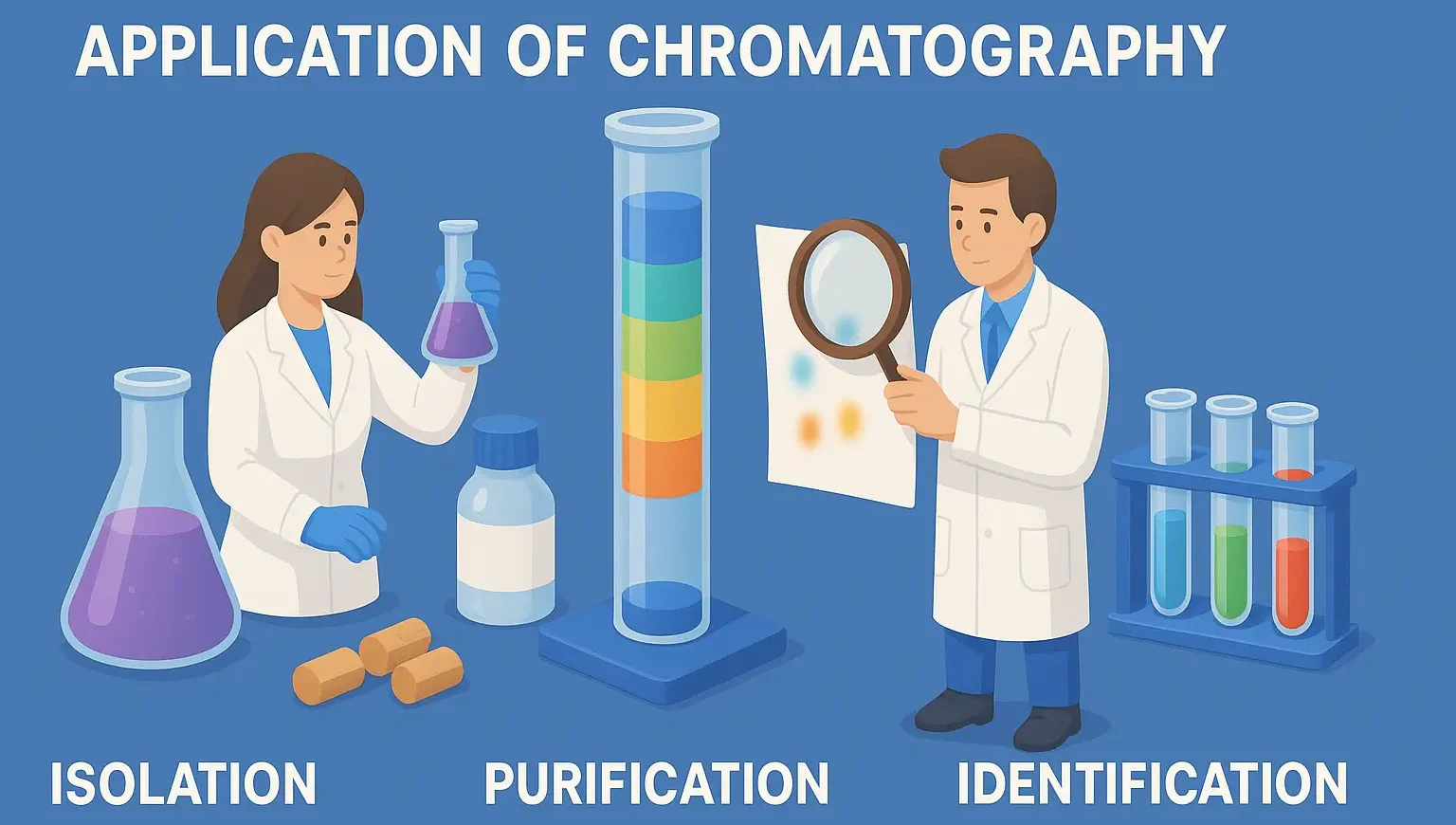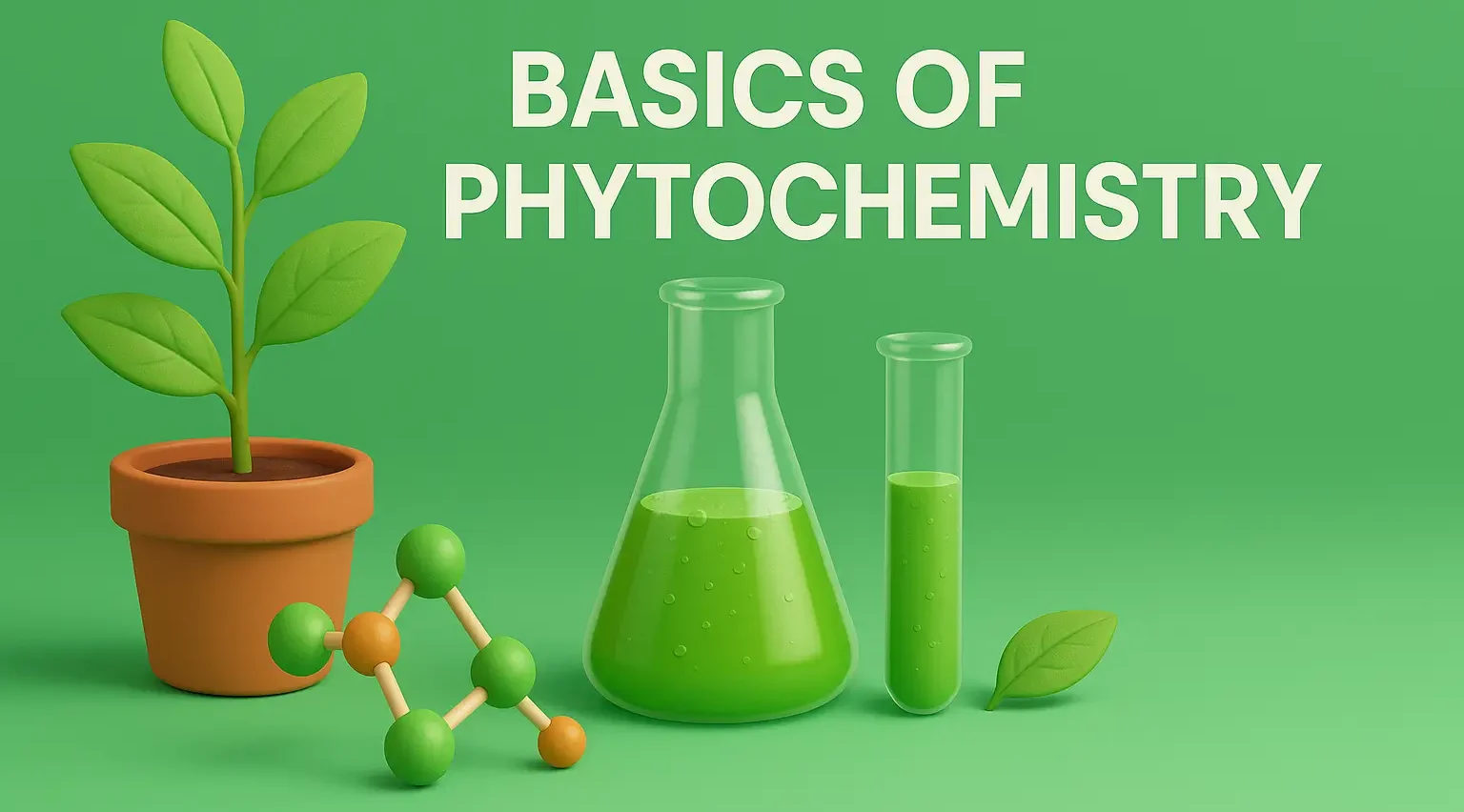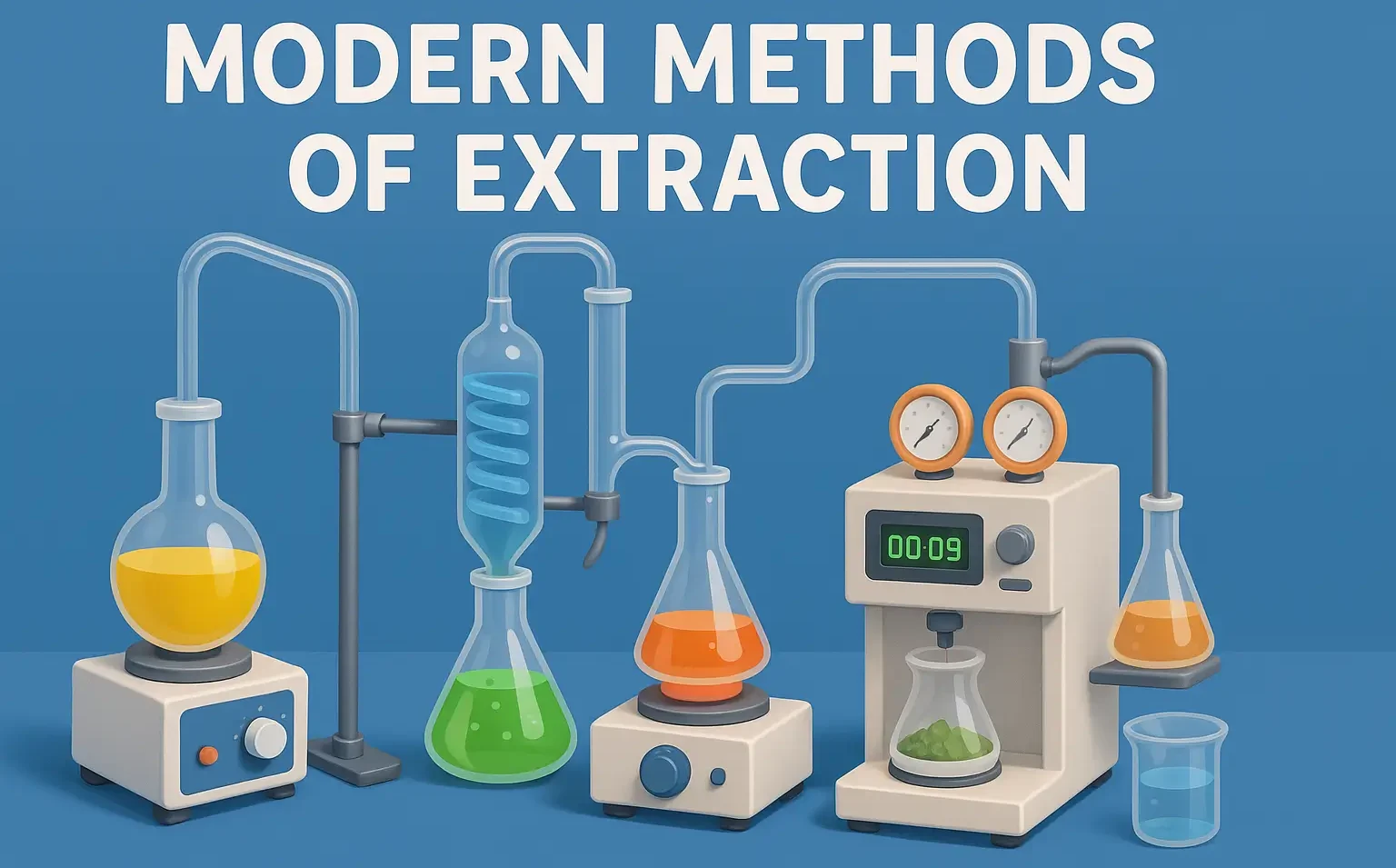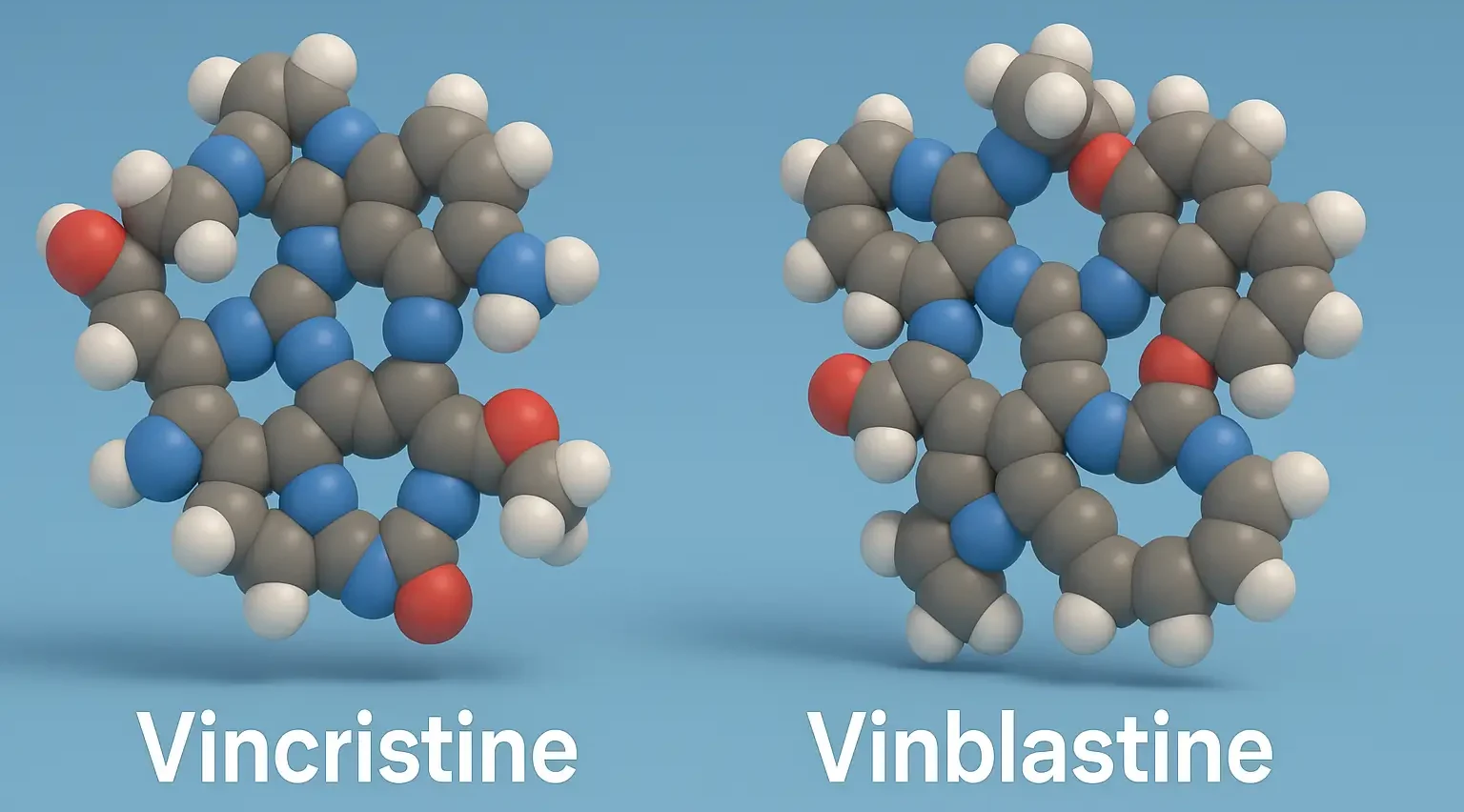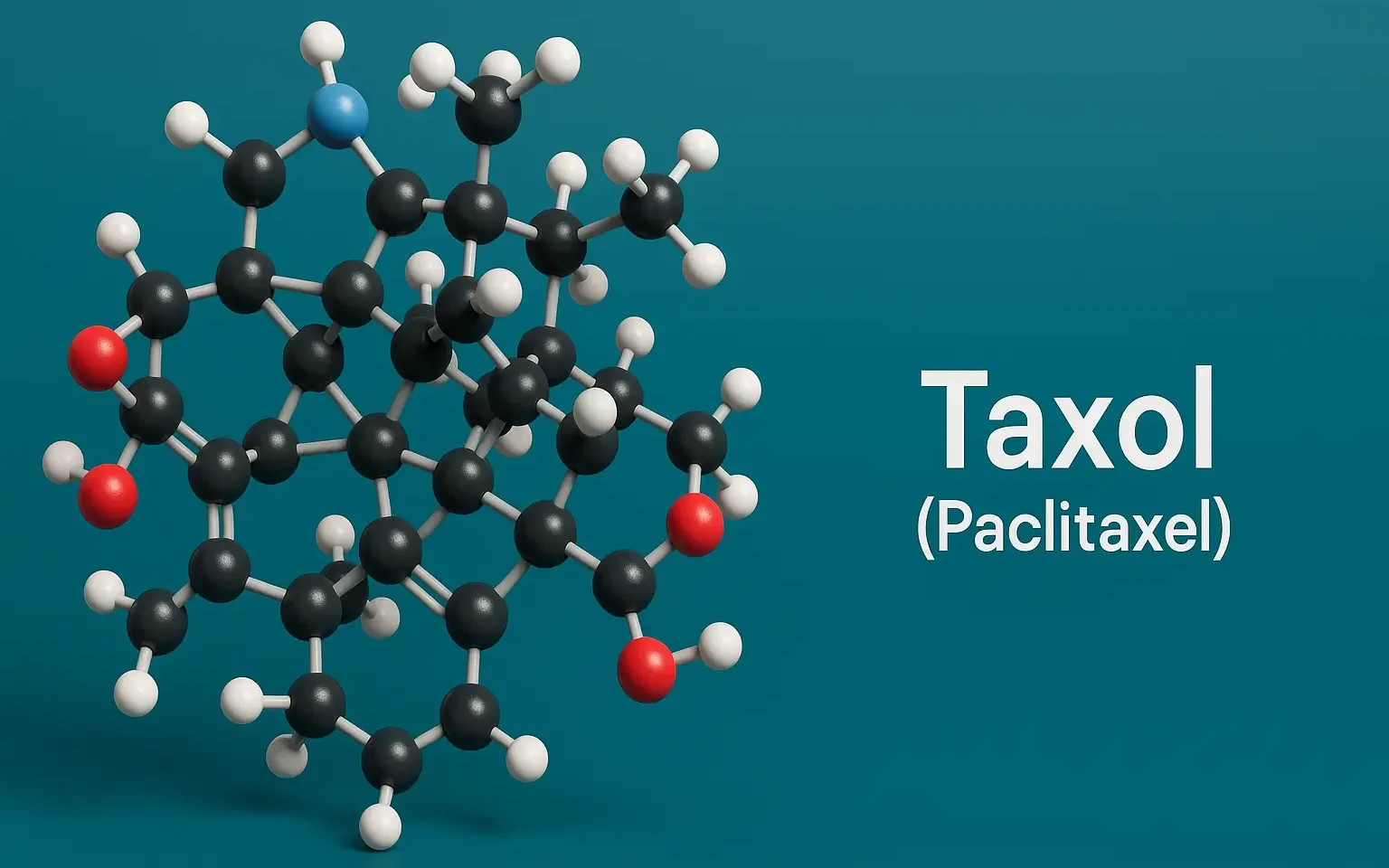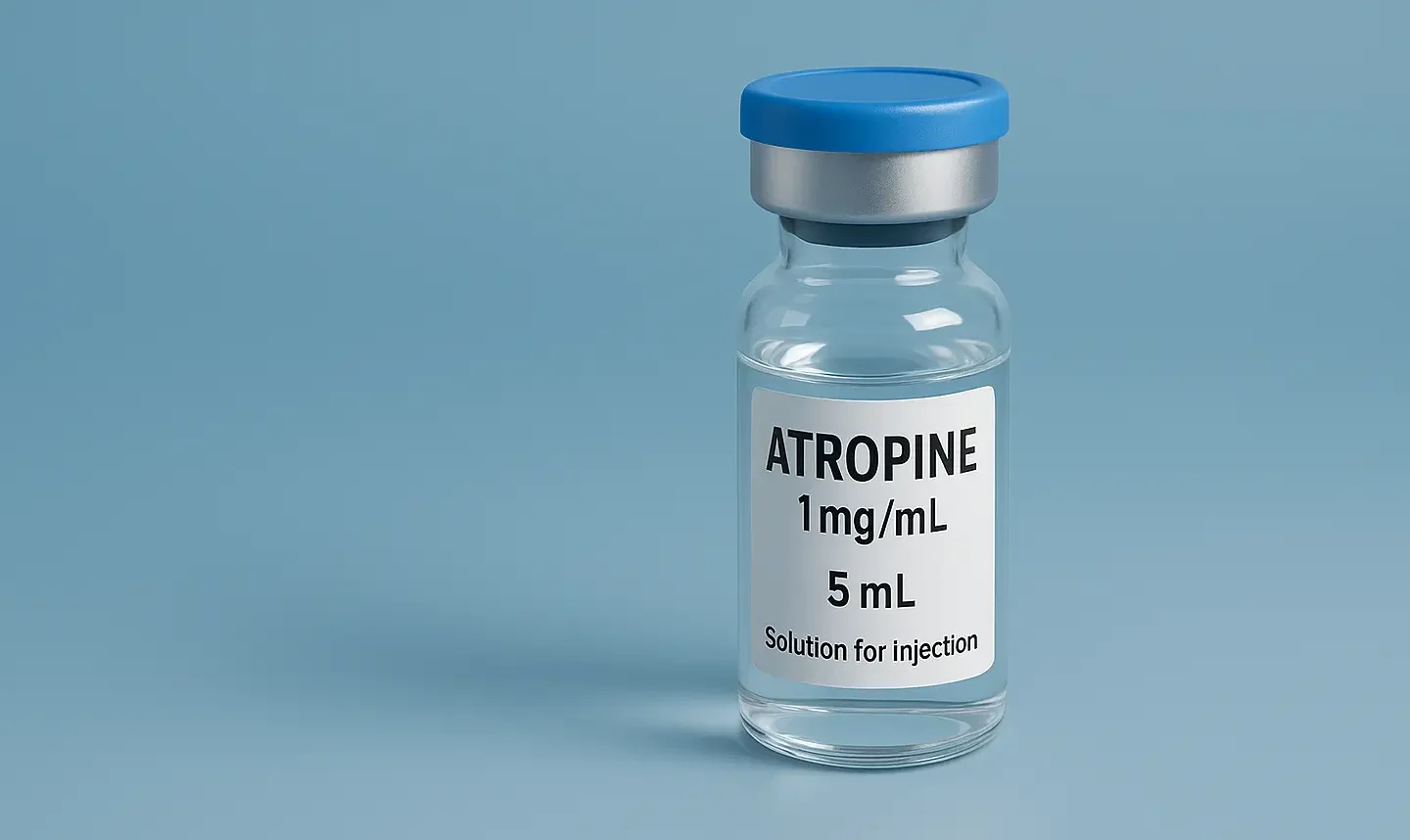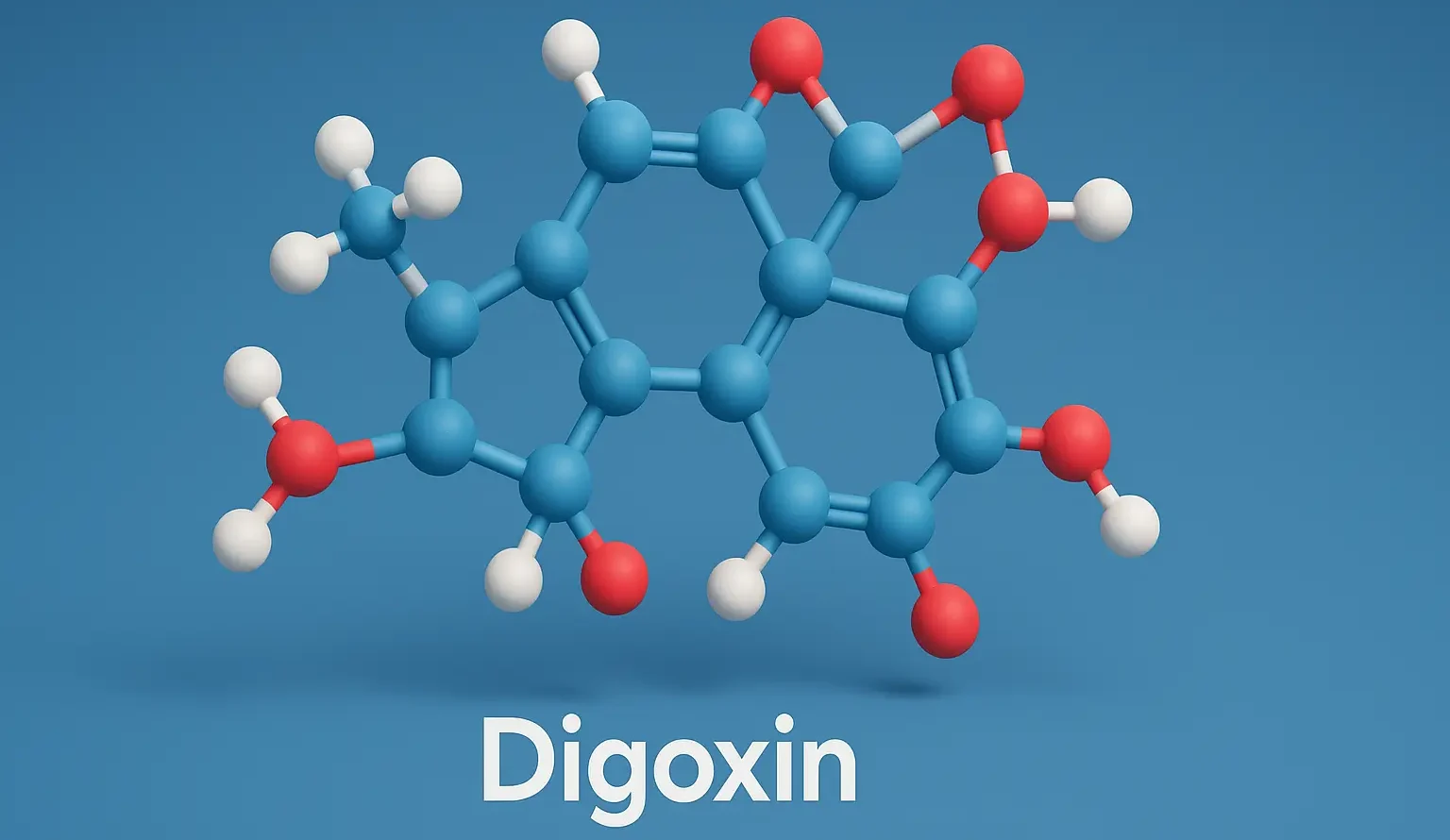Application of Spectroscopy in Isolation, Purification and Identification
Application of Spectroscopy in Isolation, Purification and Identification helps detect, separate, and purify plant compounds precisely. Explore the Application of Spectroscopy in Isolation, Purification and Identification to analyze structure and ensure compound purity. Spectroscopic methods play a crucial role in identifying the structure, functional groups, and composition of bioactive compounds in crude extracts. Common techniques … Read more

